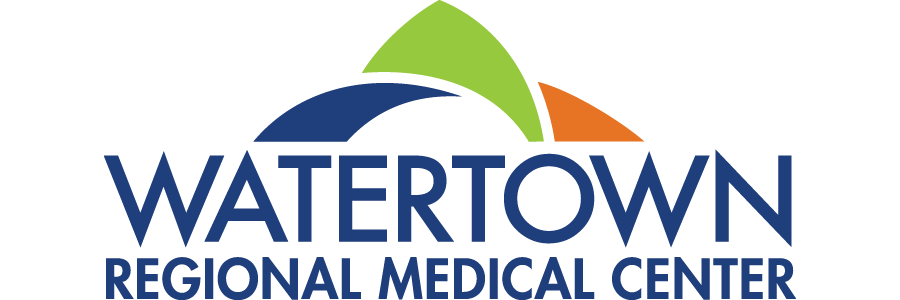May is National Stroke Awareness Month
May is National Stroke Awareness Month, so Watertown Regional Medical Center is taking a second to help you recognize strokes. First, there are two main types of stroke. Ischemic stroke occurs when a blood clot blocks blood flow in an artery within the brain. A hemorrhagic stroke, however, occurs when a blood vessel leaks or ruptures within the brain. Its major subtype, intracerebral (bleeding within the skull) hemorrhage (ICH) can be serious and have serious consequences.
Risk factors of a stroke include high blood pressure, diabetes, heart disease, high cholesterol, and smoking. While it’s not always possible to prevent a stroke, avoiding smoking, getting regular exercise and following a nutritious diet may help! Strokes have been known to affect people of all ages, races, demographics and across all other socioeconomic lines so it’s important to know the symptoms of a stroke.
Always remember to act and B. E. F.A.S.T.
- B = Balance – Loss of balance, headache or dizziness
- E = Eyes – Blurred vision
- F = Face Drooping – Does one side of the face droop or is it numb? Ask the person to smile. Is the person's smile uneven?
- A = Arm Weakness – Is one arm weak or numb? Ask the person to raise both arms. Does one arm drift downward?
- S = Speech Difficulty – Is speech slurred?
- T = Time to call 911
Immediate treatment is critical as ICH and other strokes can be life-threatening. Emergency care often focuses on controlling bleeding and reducing pressure in the brain.
The relationship you have with your primary care provider is critical to understanding whether you are at a higher risk. During your next check-up, ask about strokes and even develop an emergency plan that involves close friends and family members to ensure you get swift access to care if needed.
If you don't have a primary care provider, click here, to find one that fits your needs or call 920.533.9762 to schedule an appointment. If you or someone around you is experiencing stroke symptoms, call 9-1-1 and get them to the closest emergency department immediately.

